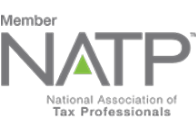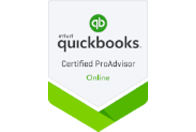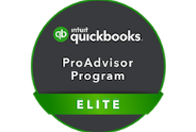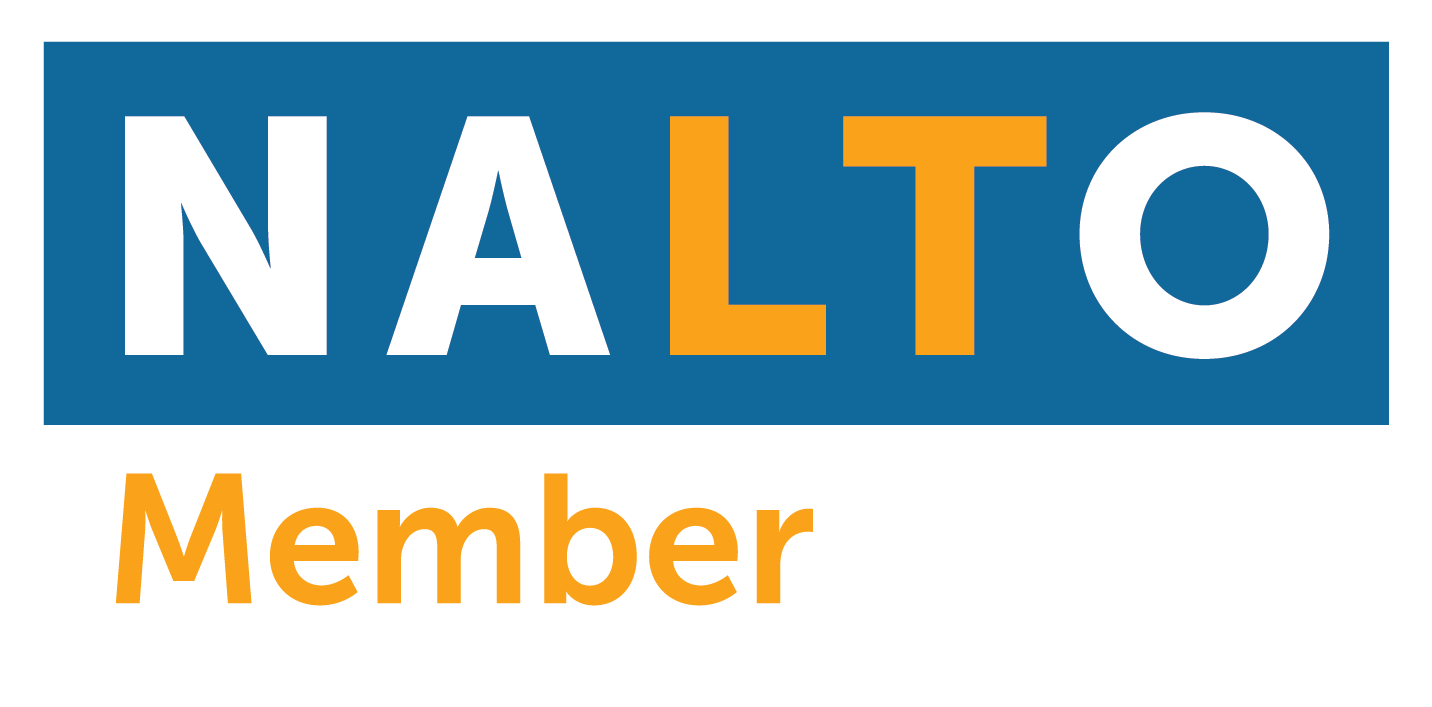Many have shifted to being self-employed, especially after the pandemic has impacted their way of living. Independent contractors, freelancers, and gig workers have been dominating the work force ever since people discovered how liberating it can be to work whenever and wherever they want to.
Although operational costs are inevitable when running a business, as a self-employed, you are allowed to deduct a lot of these expenses on your tax returns. And of course, you would want to take full advantage of your allowable deductions to maximize your tax savings.
In this blog, we will discuss the rules on how to qualify for a home office deduction. It is granted only to the self-employed and partners. So, if you are one of them, read on because this blog is for you.
What is a Home Office Deduction?
If you use a part of your home exclusively for business purposes, you may be able to deduct certain home expenses on your tax return if you meet specific requirements. It applies to homeowners and renters alike.
Home, as defined by the IRS (Internal Revenue Service), refers to a house, apartment, condominium, mobile house, or even a boat as long as it can provide you the basic living accommodations. However, your property must not be used for lodging such as hotels and inns to qualify for a home deduction.
Home office is the part of your home, or the stand-alone structure inside your property such as a garage, studio, or greenhouse that you use exclusively for your trade or business.
Business activities include doing administrative or management functions for your trade or business such as billing customers, ordering supplies, organizing schedules, setting up appointments, or keeping your business records.
Who May Qualify?
The home office deduction is exclusive to qualifying self-employed individuals such as independent contractors, freelancers, gig workers, or solopreneurs. Qualifying partners in a partnership are also allowed to avail of this deduction.
Unfortunately for the W2 employees, the IRS has specifically stated that they are not eligible to claim this deduction even if their employer supports a remote work set up.
Qualifying Tests for a Home Office Deduction
To qualify for this deduction, your home must be your principal place of business and you use a part of your home exclusively and regularly for business purposes. The following tests will determine if your place qualifies for a home office deduction:
- Principal Place of Business Test. You have no other fixed location to conduct the administrative and management activities of your trade or business.
- Exclusive Use Test. Part of your home is solely used for business purposes only. If the same space is being used for personal activities, then it will not qualify as a deduction.
So, a dedicated office space may still fail this test if you use it for your recreational activities such as painting or photography hobbies.
The exclusive use test must be observed except for cases when you use the part of your home to run a daycare facility or for storage of inventory or product samples. These two are the only exceptions to this test.
- Regular Use Test. You use part of your home for your trade or business on a regular basis. Occasional business use will not qualify you for a home office deduction.
How to Compute for the Deduction
There are two ways to figure your home office deduction: the Simplified Method and the Actual Method.
- Simplified Method.
As the name suggests, this is a simple method to compute for your home office deduction. You simply multiply $5, which is the prescribed rate per square foot, by the area of your home office (up to 300 square feet). The maximum deduction using this method is $1,500. However, if you start your home office in the middle of the year, then you are subject to the average monthly allowable square footage.
- Actual Method
With the actual use method, there is no limit to the amount that you can deduct but you will have to identify the direct and indirect expenses related to your home office to compute for the deduction.
Indirect expenses are costs incurred for your home that also benefit your workspace such as insurance, utilities, rent, general home repairs, and even depreciation. To compute, determine the percentage of your home that you use for your trade or business. Then you multiply the indirect expenses by the business use percentage.
Direct expenses such as paint works or tile replacement for your home office are fully deductible.
How you choose between these two will depend on which method can give you the maximum amount of deduction. Note that you can switch between these two methods in any given year without filing implications.
Ensure you keep records of your expenses and documentation that can prove that you use your workspace exclusively and regularly for business purposes only. In case the IRS disallows you the home office deduction, you will have to amend your returns.
Unsure if you can claim this deduction or can’t decide on which method to use? Contact us toll-free (855)529-1099 or make an appointment. Our tax expert will determine if you’re qualified and choose the best option for you and save you that extra cash!
Want to learn more?
You may want to consult and work with 1099 Accountant – We offer online bookkeeping, online advisory services and online tax and accounting services. We offer reasonable rates. We only work with independent contractors, freelancers, and one-person business. We work with locum tenens from California to New York City and everywhere in between. Yes, even Hawaii!
Contact us toll-free (855)529-1099 or make an appointment for a free consultation. Contact Us – Accountant (1099accountant.com)











